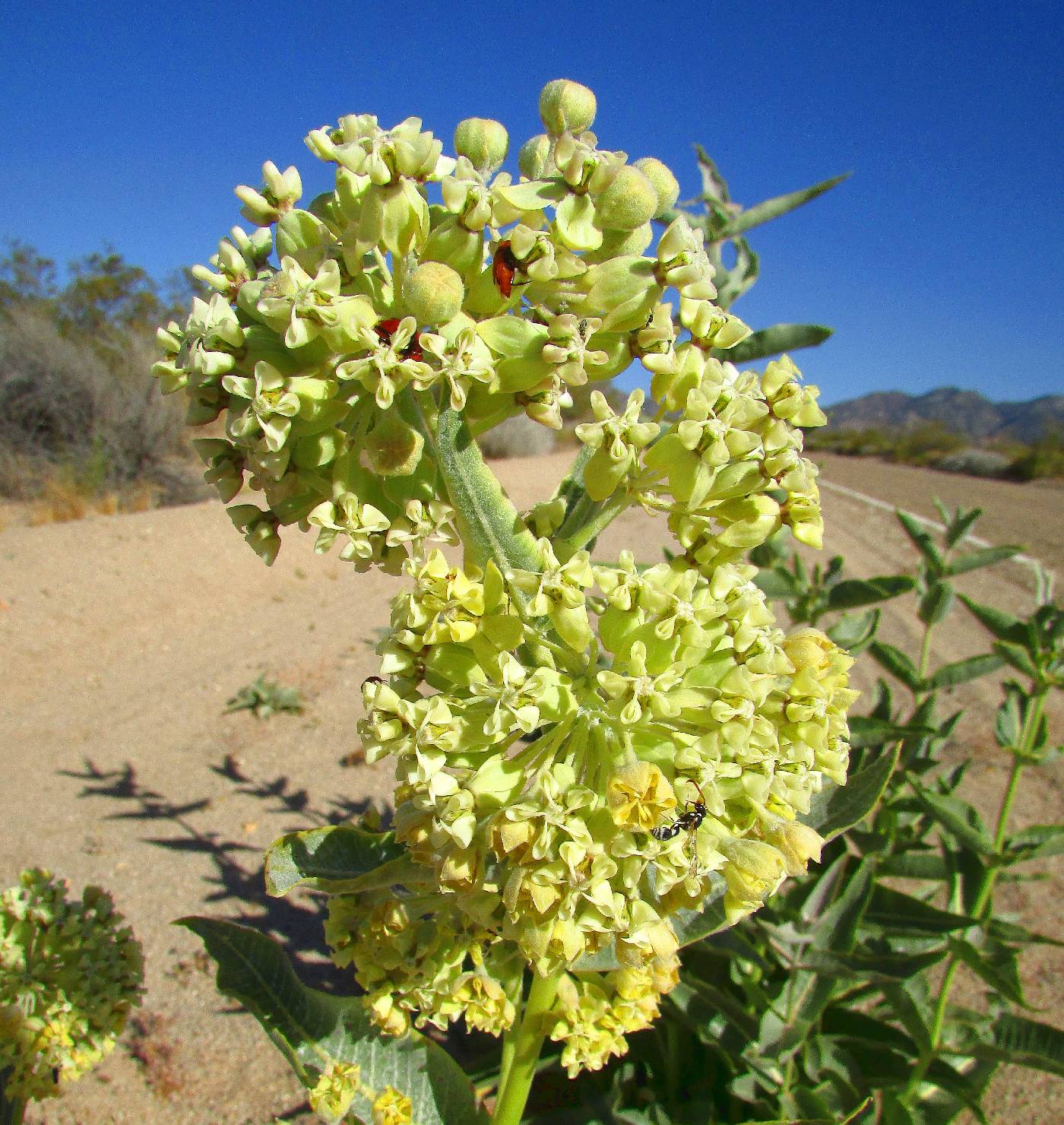Apocynaceae
|
Apocynaceae |
|
|
PLANT: Trees, shrubs, vines, or perennial herbs, usually with milky sap. LEAVES: opposite, alternate, or whorled, simple, entire, estipulate. INFLORESCENCE: cymes to panicles, or flowers solitary. FLOWERS: perfect, actinomorphic; calyx lobes 5, imbricate in bud; corolla 5-merous, syrnpetalous, twisted in bud, campanulate to salverform; stamens 5, epipetalous, alternating with the lobes, the anthers often connivent around the stigma; pistil 2-carpelled, ovaries 2, superior, distinct or united apically, each l-loculed, the style 1 with a single, often enlarged stigma. FRUIT: (in ours) a pair of follicles, the seeds several, naked or comose. NOTES: 215 genera, 2100 spp., mostly tropical with a few temperate. Includes many important drug plants (Strophanthus, Catharanthus) and ornamentals (Nerium, Vinca, Thevetia). Woodson, R. E. 1938. N. Amer. Flora 29:103-192. Rosatti, T. J. 1989. J. Arnold Arbor. 70:307-401. REFERENCES: McLaughlin, Steven, P. 1994. Apocynaceae. J. Ariz. - Nev. Acad. Sci. Volume 27, 164-168. PLANT: Perennial herbs, vines, or shrubs, mostly with milky sap. LEAVES: opposite, less commonly whorled or alternate, simple, entire; stipules absent or vestigial. INFLORESCENCE: interpetiolar or rarely terminal cymes, in ours, mostly racemose to umbelliform. FLOWERS: perfect, actinomorphic, 5-merous except for the gynoecium; calyx lobes basally connate; corolla sympetalous; stamens epipetalous, arising from the corolla tube, the filaments fused into a ring or tube (column) which surrounds the ovaries and styles, the anthers coherent or connate into a ring (anther head) and adherent to the thickened stigma head forming the central gynostegium, each anther with a terminal hyaline appendage and lateral, typically corneous margins (anther wings), the margins of each pair of adjacent anthers forming a slit leading to the stigmatic surface; pollen grains of each anther sac firmly coherent in a yellow, waxy mass (pollinium), the adjacent pollinia from each pair of anthers attached to a yoke-like, solidified secretion of the stigma head (translator), the translator consisting of 2 translator arms linked to a corpusculum, the entire apparatus of corpusculum, translator arms and paired pollinia (pollinarium) constituting the unit of pollen dispersal; gynoecium of 2 distinct, l-carpellate, superior ovaries united only at the apex by the enlarged, peltate stigma head, this with 5 lateral stigmatic surfaces opposite the anther wing slits; flowers typically with an elaborate, often showy corona (crown) arising from the column or from the region of union of the column and corolla, in ours consisting of a single cycle of 5 flat to infolded, hood-like or nearly spherical segments, distinct or united into a ring or tube, frequently each bearing a horn-like appendage within, or the crown in 2 separate cycles or rarely entirely absent. FRUIT: a many-seeded, ovoid to lanceolate follicle, the seeds typically flat, pear-shaped, with an apical tuft of silky hairs. NOTES: 250 genera, 2000 spp.; chiefly of tropical and subtropical regions of both hemispheres, and including many stem succulents of the Old World deserts, the ecological counterparts of the unrelated New World cacti. The Milkweed Family is elaborately adapted to entomophily: nectar-seeking insects engage the corpuscula with their legs or proboscises, thereby removing pollinia and transfering them to other flowers, where they are inadvertantly inserted between the anther wings, making contact with the stigmatic surfaces. In North America, milkweeds constitute the principal food of the monarch butterfly larva; cardenolides, poisonous compounds related to digitalis, are absorbed by the larvae from the plants and render both larva and adult butterfly unpalatable to avian predators; the striking color patterns of both larva and adult monarch serve to warn birds of this unpalatability. Woodson, R. E., Jr. 1941. Ann. Missouri Bot. Gard. 28:193-244; Bookman, S. S. 1981. Amer. J. Bot. 68:675-679. REFERENCES: Sundell, Eric. 1994. Asclepiadaceae. J. Ariz. - Nev. Acad. Sci. Volume 27, 169-187. |
|
